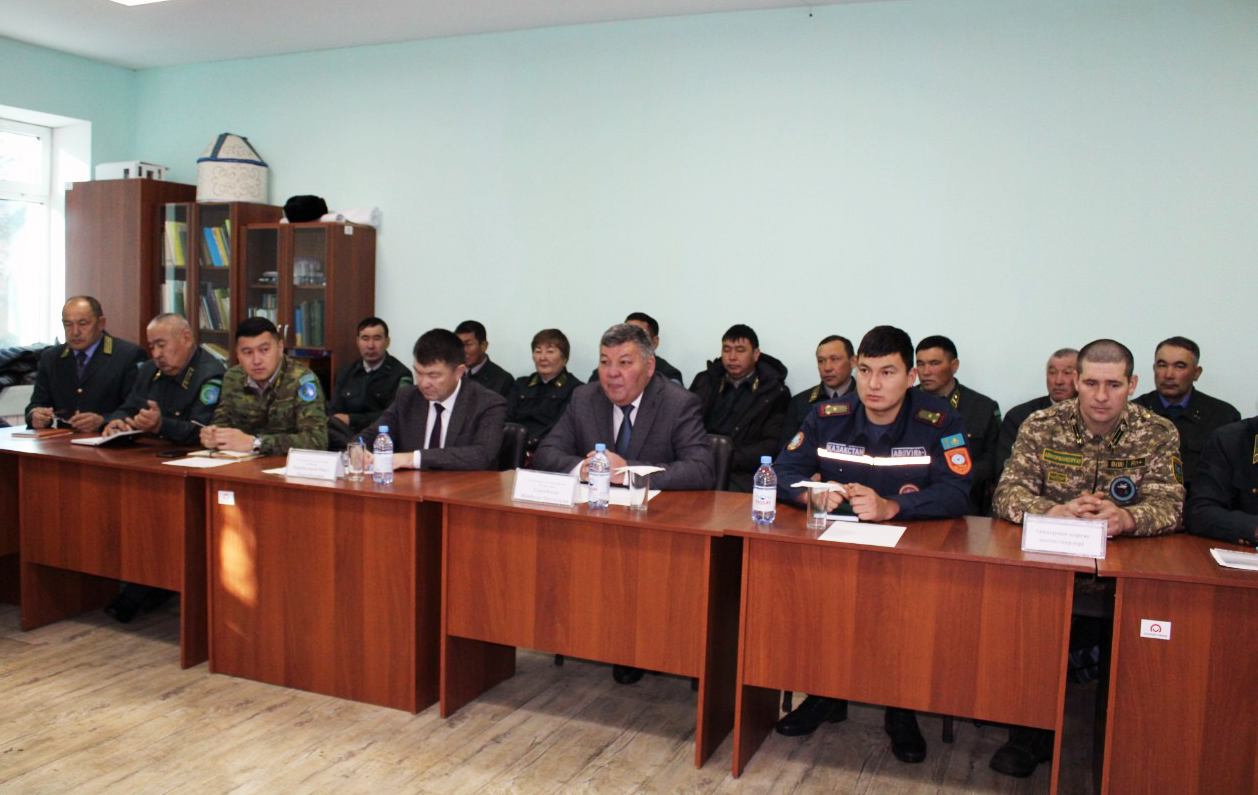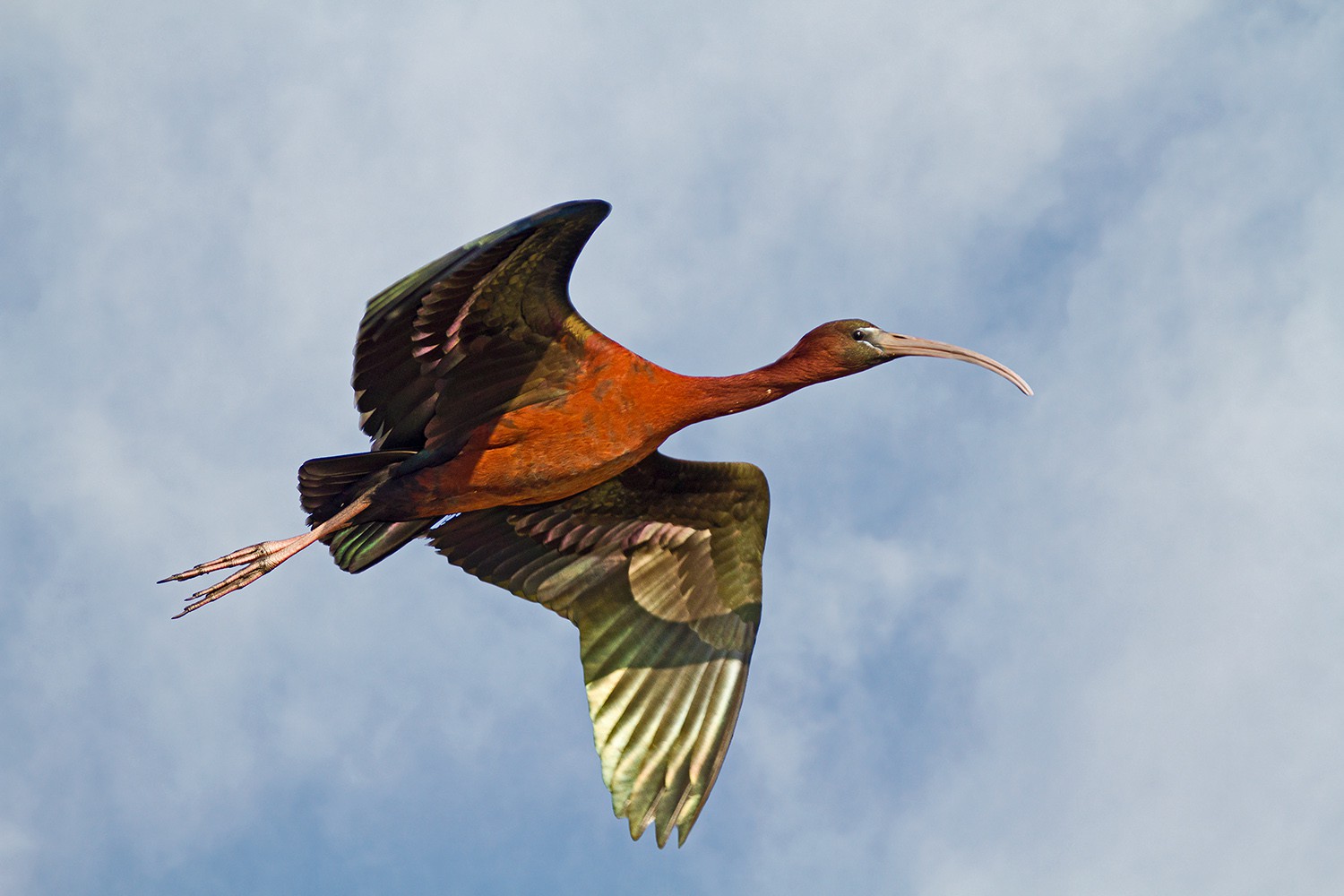 CARAVAYKA
CARAVAYKA
Spreading
Widely distributed in Eurasia, Africa, Australia, North America. In Russia, it is found in the south - in the deltas of the Kuban, Don, Terek, Volga rivers. Loafs that live in Russia prefer to spend the winter in Iraq, India and the western part of the African continent. Representatives of the Eurasian population prefer to migrate for the winter to the eastern part of Africa. A small part flies through France and Italy, but mostly migration passes through Greece. Also, sometimes you can meet loaves in winter in Azerbaijan and subtropical latitudes in southern Europe. In Kazakhstan, the loaf sporadically breeds on the northern coast of the Caspian Sea and in the deltas of the Volga and the Urals, as well as in the lower reaches of the Urals, 60 km north of Atyrau. Previously, it inhabited the lower reaches of the Syrdarya, Turgay and the Ili delta.
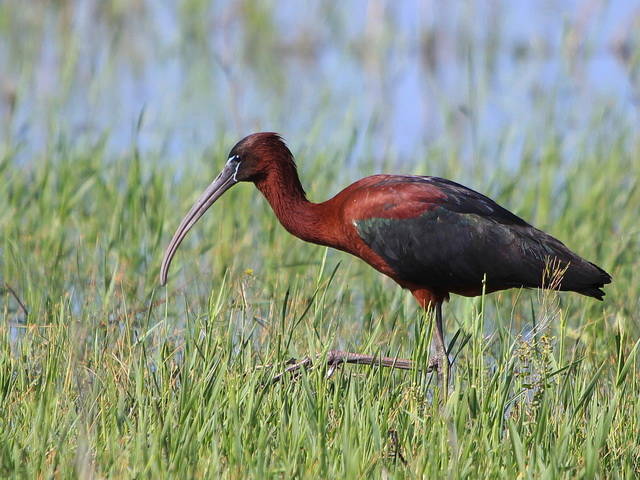 Possibly breeds on Lake Shoshkakol, where the number of loaves increases. On migration and dispersal occurs in Western Kazakhstan in the lower reaches of Kushum, on Mangyshlak and on Ustyurt. Flights were noted in the Naurzum Reserve (two flocks in the spring of 1986 and 1989), Kuragaldzhino (April 7, 1971) and the Ili Delta (30 birds on April 23, 1983). The revered bird of the ancient Egyptians is the sacred ibis. And in our country there are representatives of this family. One of them is a caravan. Although the name of this bird resembles the word "loaf", it most likely goes back to the Kazakh "karabay" - "black stork".
Possibly breeds on Lake Shoshkakol, where the number of loaves increases. On migration and dispersal occurs in Western Kazakhstan in the lower reaches of Kushum, on Mangyshlak and on Ustyurt. Flights were noted in the Naurzum Reserve (two flocks in the spring of 1986 and 1989), Kuragaldzhino (April 7, 1971) and the Ili Delta (30 birds on April 23, 1983). The revered bird of the ancient Egyptians is the sacred ibis. And in our country there are representatives of this family. One of them is a caravan. Although the name of this bird resembles the word "loaf", it most likely goes back to the Kazakh "karabay" - "black stork".
 Appearance
Appearance
Loaf is a medium-sized bird, with a long beak curved downwards. The general coloration of the summer outfit is dark red-brown, with a green and purple tint on the forehead, crown, back and wings. In winter plumage, the underside is earthy-brown, with a slight purple tint; the head and upper part of the neck are earthy-brown with white edges of the feathers. The male differs from the female in a well-defined tuft on the head (in females, this tuft is hardly noticeable or completely absent), in a weak beak curvature, and also in body size. Legs greenish black; beak, eye ring and bare space between beak and eye greenish-brown; rainbow brown. Juveniles resemble adults in winter feathers, but their metallic sheen is much less developed.
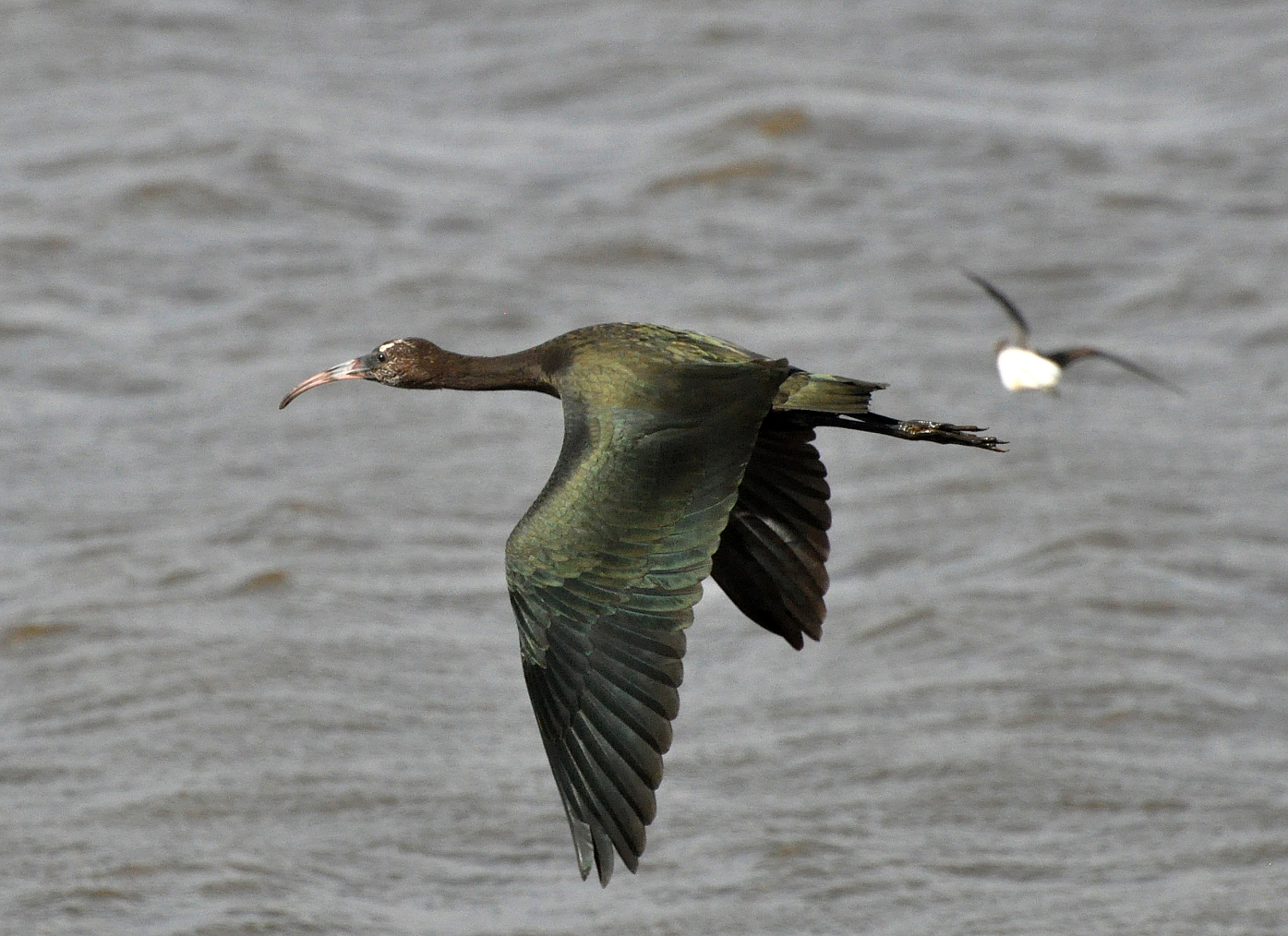 Behavior and nutrition
Behavior and nutrition
Settles on rarely visited by man lakes, river channels and islands of the Caspian Sea with abundant thickets of reeds, trees, shrubs and nearby shallow water. Appears in late March - early April in spring, migration ends in late May - early June. Flocks of loaves fly in a wedge or united front. They nest in colonies of several dozen pairs, usually together with rooks, night herons, grey, little white, pond herons, cormorants, but sometimes they also nest in separate pairs. The nest is built on a bush or tree (willow) at a height of 8-11 meters, from dry twigs or reed stems and lines it with soft reeds and grass; not so often the nest is located among reed beds, is built from reed stalks, lined with green reed leaves. Clutch of 2-5, usually 4 eggs occurs from late April to early July (re-nesting after the loss of the first clutch).
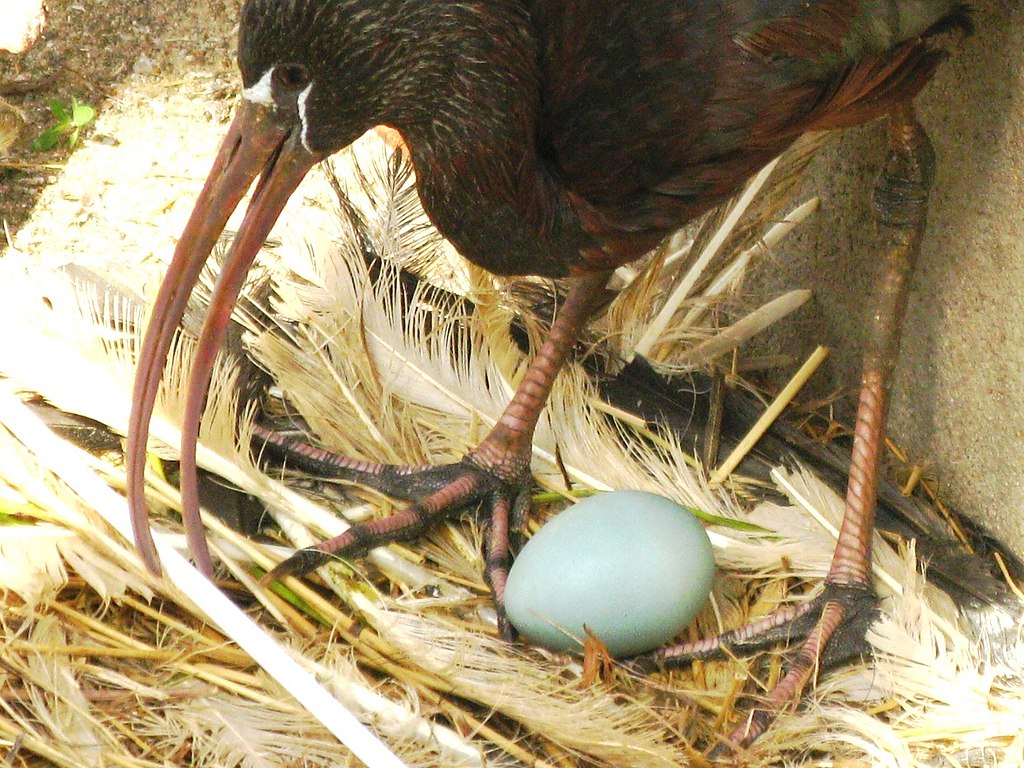 Both parents incubate the eggs and feed the chicks, which hatch in early June and fledge at 16-18 days of age. A bird free from incubation brings food to another. Both parents feed the chicks, and the male only brings food and passes it to the female, and she feeds the chicks in one or two steps, after 15–20 minutes. Chicks appear in about three weeks. At first, kids eat what adults bring.
Both parents incubate the eggs and feed the chicks, which hatch in early June and fledge at 16-18 days of age. A bird free from incubation brings food to another. Both parents feed the chicks, and the male only brings food and passes it to the female, and she feeds the chicks in one or two steps, after 15–20 minutes. Chicks appear in about three weeks. At first, kids eat what adults bring.
At the same time, they put their head into the throat of their parents very deeply. The female feeds the chicks 6-12 times a day. After about two weeks, the chicks get out of the nest and begin to climb branches if the nests are located in trees. In very large colonies, "kindergartens" are formed, but the loaves in them can no longer distinguish their babies from strangers. But if the children stay close to their parents, they will definitely teach them all the tricks of hunting and gathering food. At the age of 24 days, young loaves take to the wing and leave the nests. However, for a whole week, adult birds continue to feed the chicks, until they finally learn how to get food on their own. Loafs form stable pairs throughout their lives.
 It feeds on a variety of aquatic and land living creatures - small fish, amphibians, crustaceans, insects, which it catches in shallow water and along the banks of reservoirs. Often hunts near settlements and farmlands. The composition of food varies depending on the time of year: when tadpoles and small frogs appear in large numbers, loaves mainly consume this food; during periods of mass appearance of locusts, they switch to feeding mainly on these insects. Occasionally brings food and the female.
It feeds on a variety of aquatic and land living creatures - small fish, amphibians, crustaceans, insects, which it catches in shallow water and along the banks of reservoirs. Often hunts near settlements and farmlands. The composition of food varies depending on the time of year: when tadpoles and small frogs appear in large numbers, loaves mainly consume this food; during periods of mass appearance of locusts, they switch to feeding mainly on these insects. Occasionally brings food and the female.
Autumn migrations (juveniles and adults in separate flocks) begin from the end of July and smoothly turn into a migration, the peak of which falls on the end of August - September. Some birds linger until mid-October. In Kazakhstan, the loaf does not hibernate.
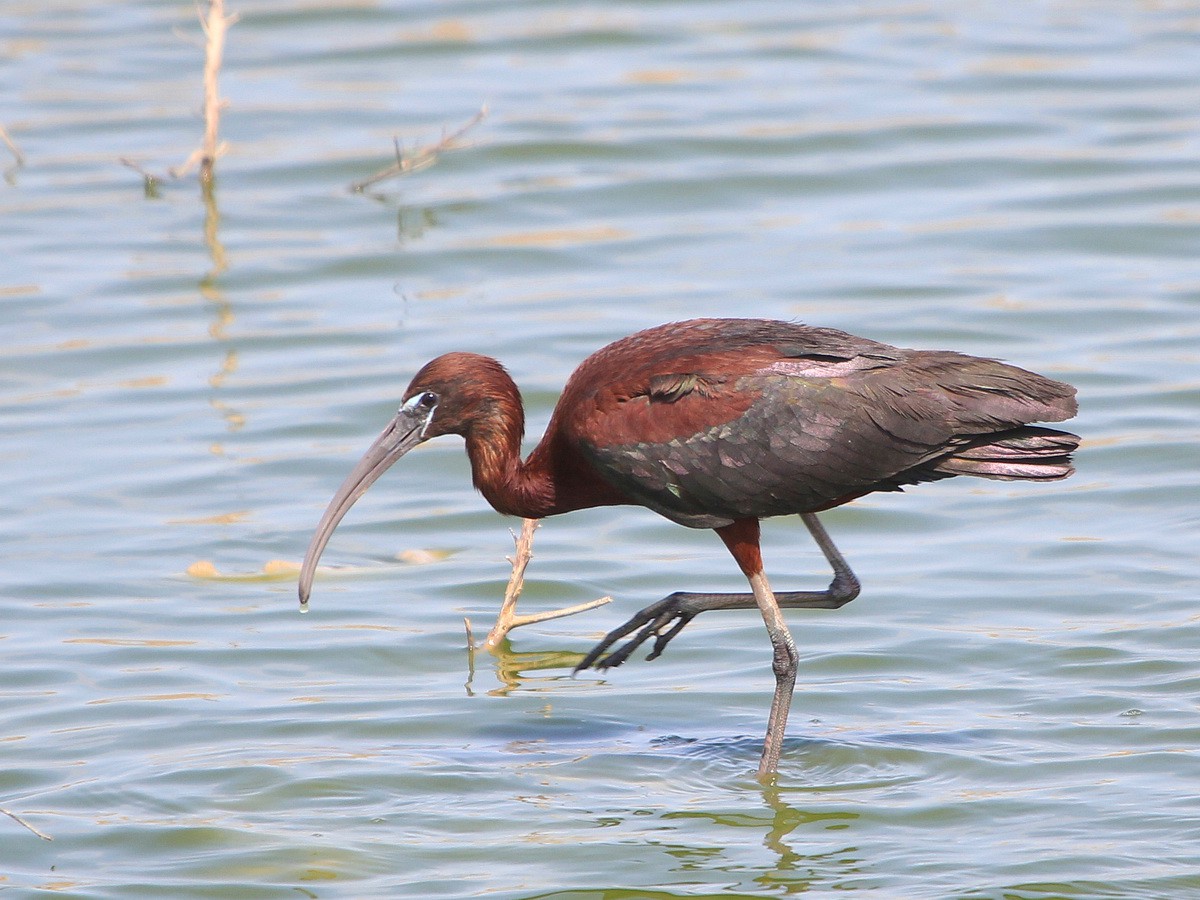 Enemies
Enemies
Fires and reed mowing, poaching, abrupt changes in the water level in nesting areas, disturbance factor on colonies, reduction in shallow water areas and deterioration of food supply. Competitors for nest sites include various herons, night heron, spoonbill, and great cormorant; in food - herons and spoonbill. The main enemies are black and gray crows, herring gulls that eat eggs and small chicks. States need to establish an economic schedule for the operation of hydraulic structures that affect the hydrological regime of reservoirs in nesting areas. Limit economic activities near the colonies of ankle-footed birds on which loaves can nest (mainly mowing reeds, draining and abrupt filling of water bodies. Carry out measures to combat poaching and fires, to prevent the disturbance factor during the nesting period.








